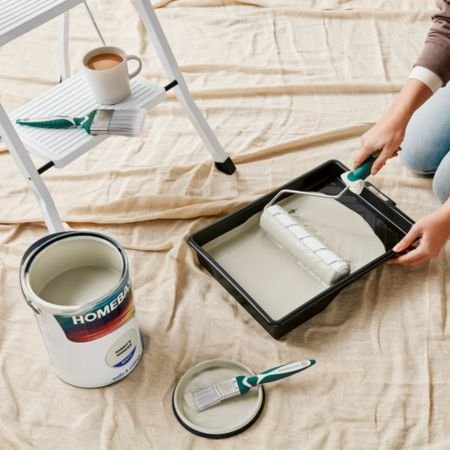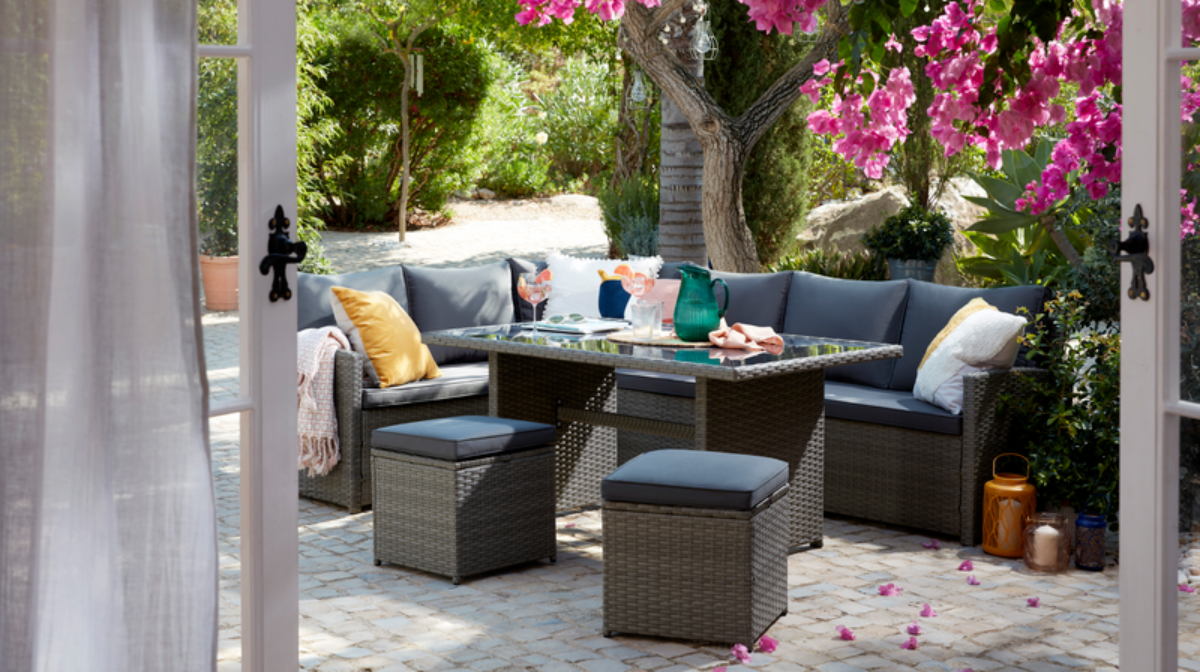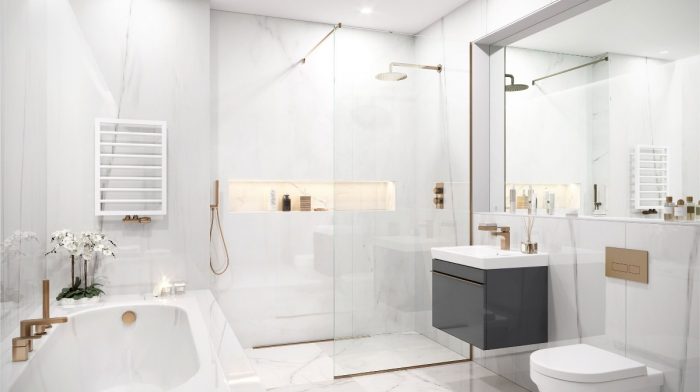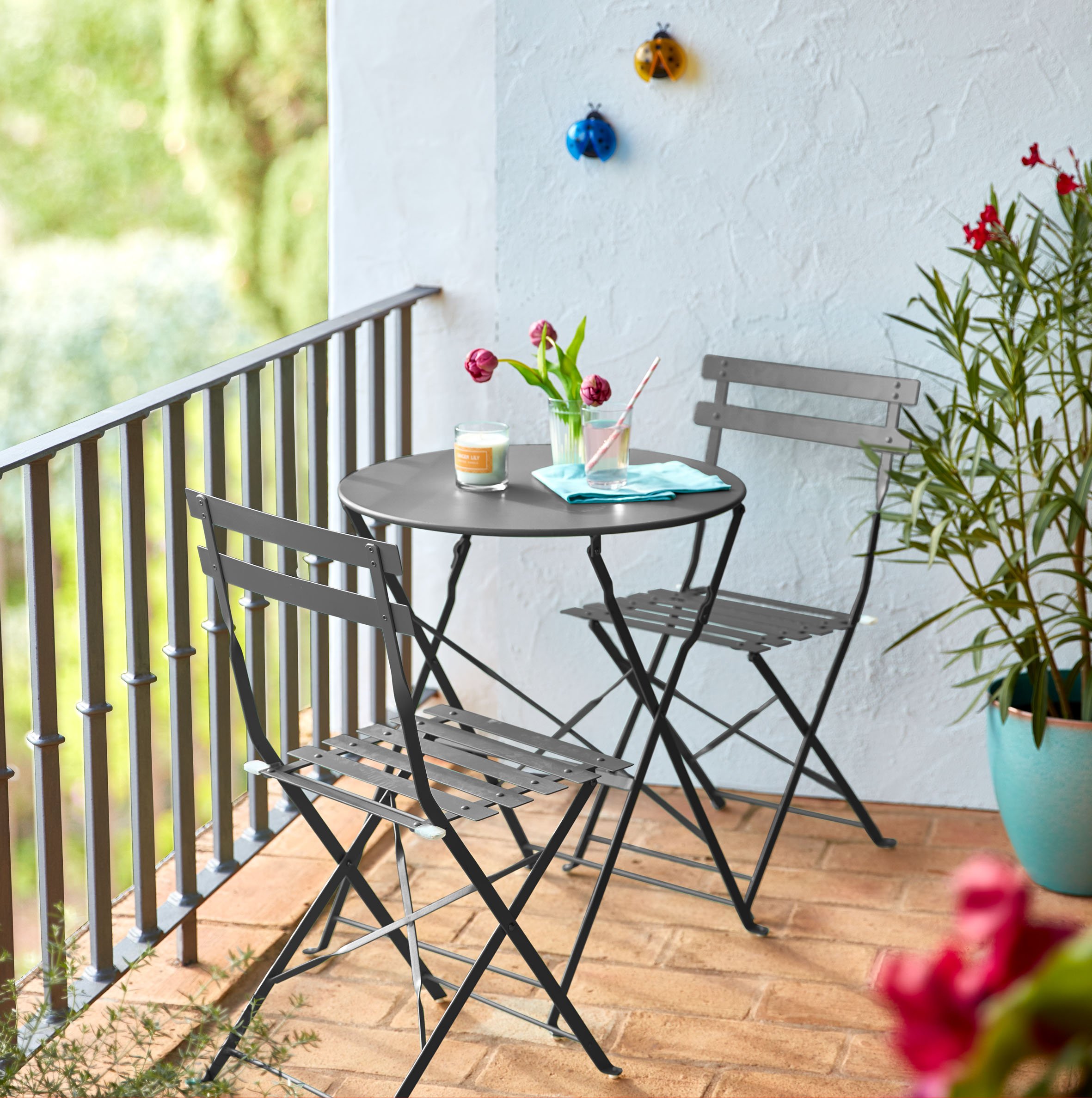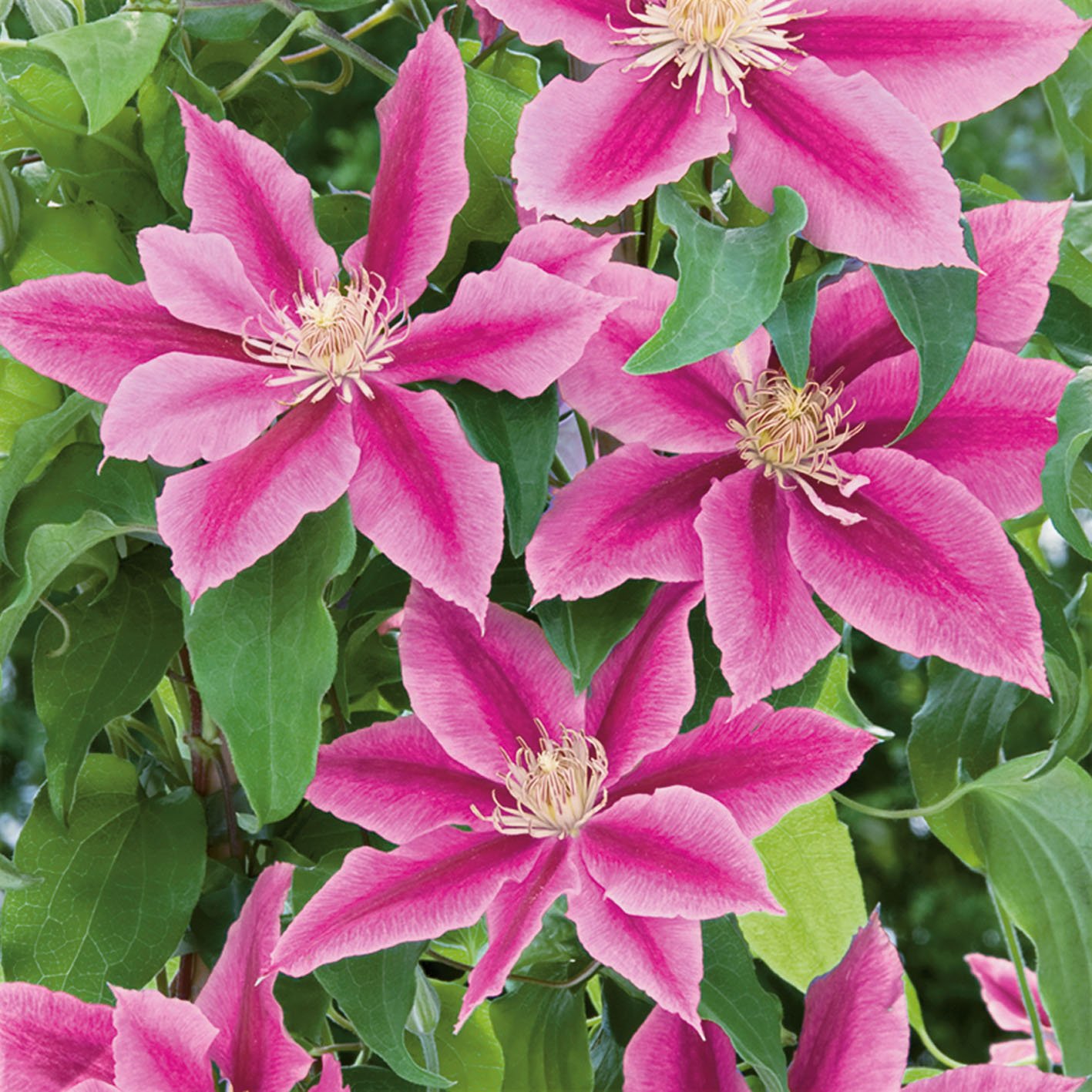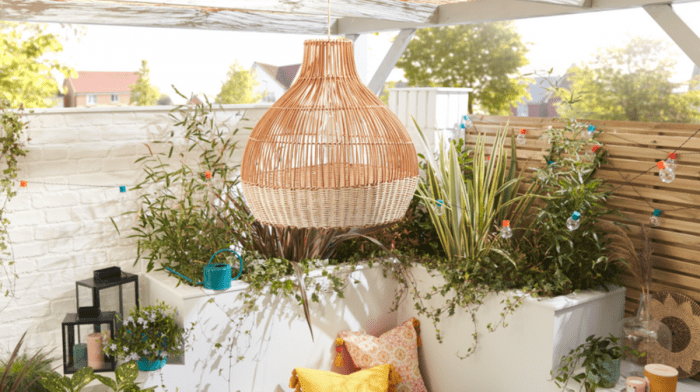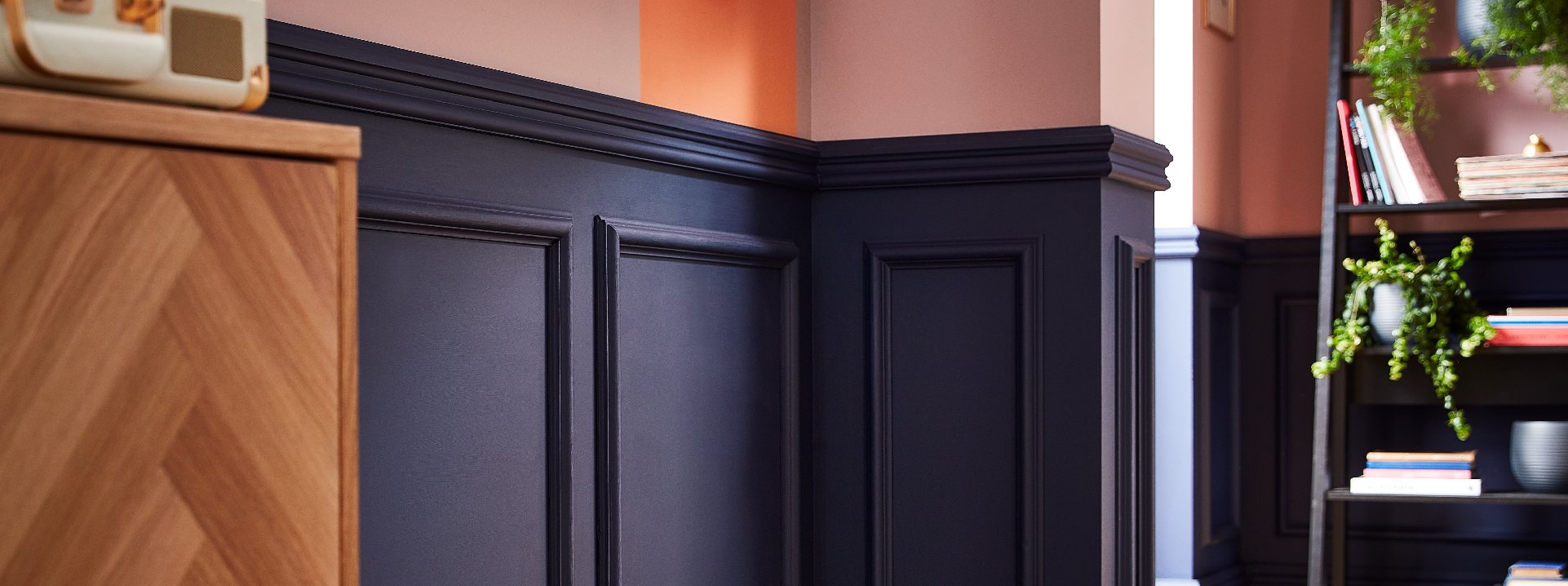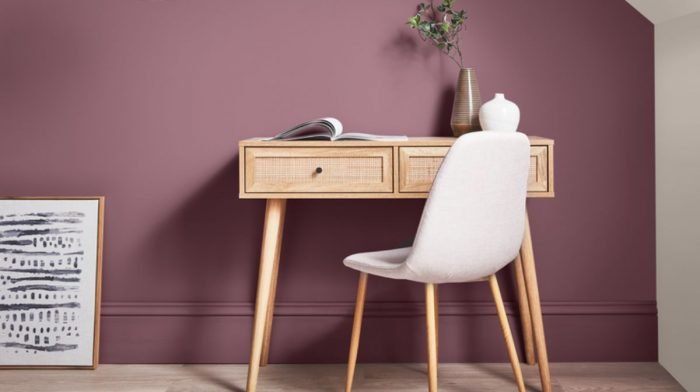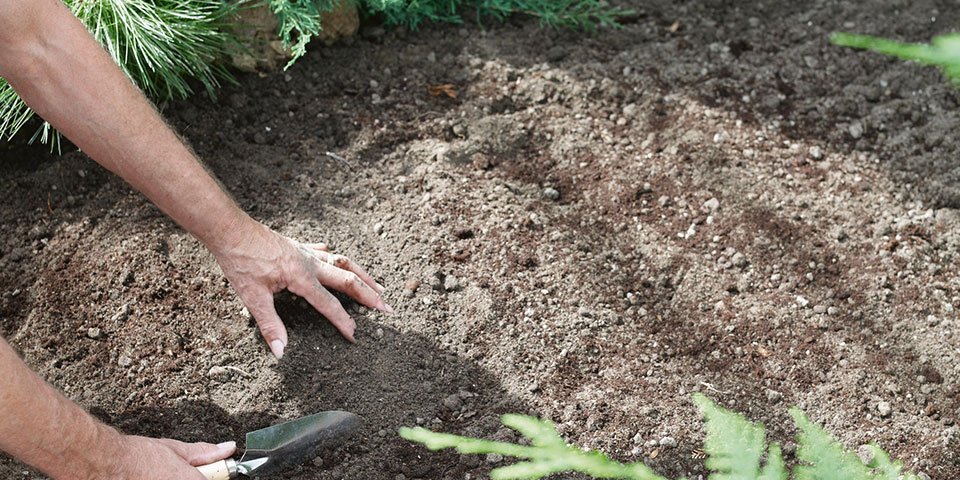Whether you’re an avid decorator or a DIY novice, painting a feature wall is an easy and cost-effective way to transform a space. A great alternative to wallpaper, feature walls can introduce a pop of personality and create a focal point in any room – without the need for a full-scale renovation.

With plenty of creative and unique ideas for painting a feature wall, our guide is the perfect place to start. So, grab some paint and an old t-shirt. This simple how-to guide has everything you need to create a show-stopping design, including our recommendations for the best feature wall paint colours.
Feature Wall Paint Ideas
This DIY project is customisable – from geometric patterns to floral prints, the options are endless. First, find your inspiration – there are so many great resources out there. If you’re feeling brave, you could even go freehand.
Masking tape is a super simple way to embellish your wall with patterns and borders – check out our painting with masking tape for more unique and colourful feature wall ideas. Alternatively, you can take your feature wall to the next level by introducing texture with wall panelling. Simply choose your favourite feature wall colours and check out our guide for how to panel a wall.
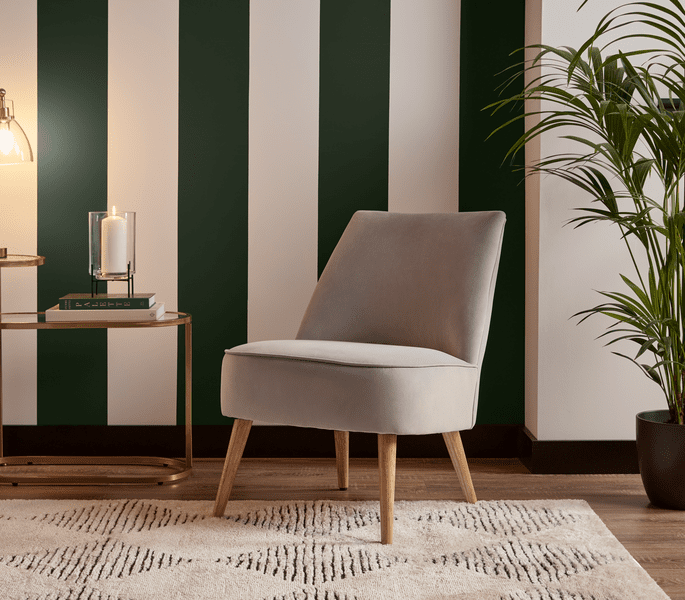
If you’re looking for some quick accent wall paint ideas, add dimension with one colour – a solid block of colour can create as much drama as an elaborate pattern. For rooms that have darker walls, go for a lighter paint colour. If your room has a lighter feel, experiment with how you can paint a feature wall with darker paint.
How Do I Choose the Paint Colour for My Feature Wall?
When exploring ideas for painting a feature wall, you should first factor in the dimensions and brightness of your chosen space. Lighter colours work well in a confined, dimly lit area, while darker shades can add definition to an open-plan setting.

You will also want to think about the purpose of your design and what you want to achieve with your painted feature wall. Work with softer tones for a calming environment, green shades to energise the space or make a statement with a loud burst of colour.
Consider the space as a whole. Whether you choose to follow a colour scheme or create contrast with a striking shade, your feature wall should act as an extension of the room’s theme.



